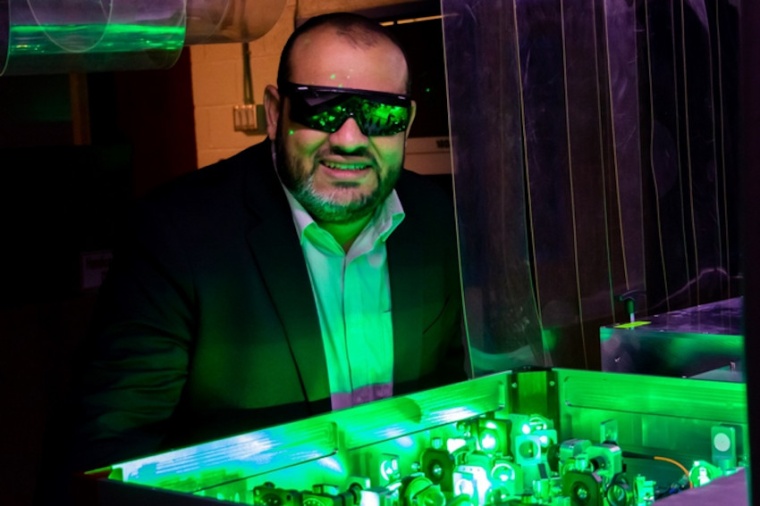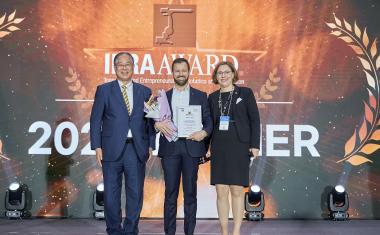Optical switching at record speeds
New advancement enables attosecond speeds to reach previously unattainable data transfer speeds.
University of Arizona researchers hope to pave the way for faster computers using light-based optical computing, a marked improvement from the semiconductor-based transistors that currently run the world. Researcher Mohammed Hassan said the future of electronics will be based instead on using laser light to control electrical signals, opening the door for the establishment of optical transistors and the development of ultrafast optical electronics.

According to Hassan, the fastest semiconductor transistors can operate at a speed of more than 800 gigahertz. He said one of the primary concerns in developing faster technology is that the heat generated by continuing to add transistors to a microchip would eventually require more energy to cool than can pass through the chip. Now, Hassan and his collaborators discuss using all-optical switching of a light signal on and off to reach data transfer speeds exceeding a petahertz, measured at the attosecond time scale.
While optical switches were already shown to achieve information processing speeds faster than that of semiconductor transistor-based technology, Hassan and his co-authors were able to register the on and off signals from a light source happening at the scale of billionths of a second. This was accomplished by taking advantage of a characteristic of fused silica. Fused silica can instantaneously change its reflectivity, and by using ultrafast lasers, Hassan and his team were able to register changes in a light's signal at the attosecond time scale. The work also demonstrated the possibility of sending data via light at previously impossible speeds.
“This new advancement would also allow the encoding of data on ultrafast laser pulses, which would increase the data transfer speed and could be used in long-distance communications from Earth into deep space,” Hassan said. “This promises to increase the limiting speed of data processing and information encoding and open a new realm of information technology.” (Source: U. Arizona)











